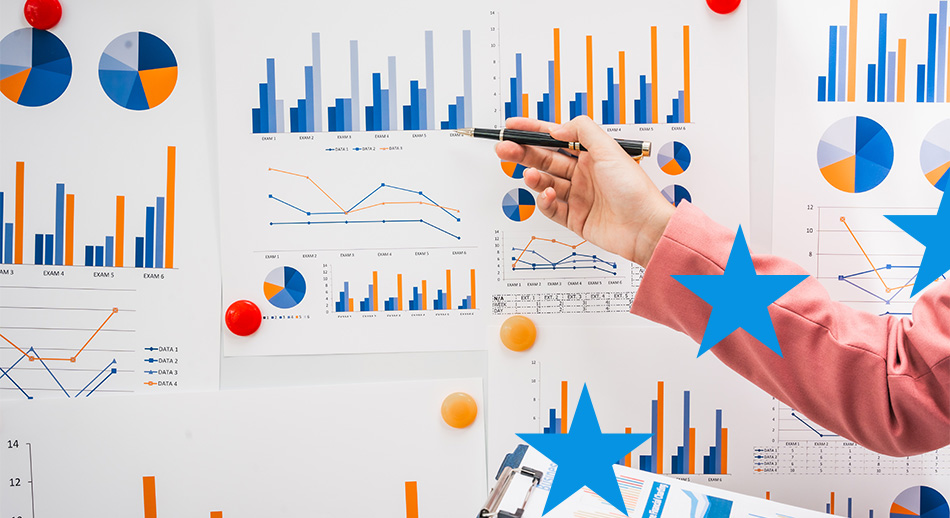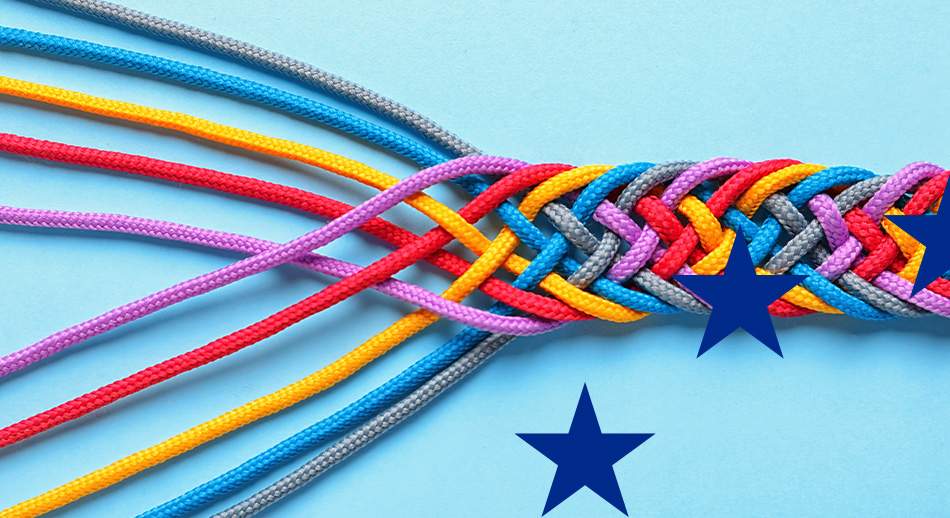We hear more and more about the Sustainable Development Goals (or SDGs, in Italian Sustainable Development Goals), both internationally and domestically.
But what are they and what do they have to do with Europlanning activities?
Their birth dates back to 2015 and is well explained on the official website dedicated to them. In sum, these are common goals that have been set by the international community (all 193 member countries of the UN) to further the sustainable development of the planet.
There are 17 of them, broken down into 169specific “goals” to be achieved by 2030. They belong to all countries and individuals around the world and have been embraced by all those concerned with “development” in the broadest sense: development cooperation, but also development of their own communities, economic and social development, and environmental sustainability.
Put together, they cover all areas of intervention in policy,social action, philanthropy and (of course) European projects:
- defeating poverty
- defeat hunger
- health and well-being
- quality education
- gender equality
- Clean water and sanitation
- clean and affordable energy
- decent work and economic growth
- enterprises, innovation and infrastructure
- reduce inequalities
- sustainable cities and communities
- responsible consumption and production
- fight against climate change
- life underwater
- life on earth
- peace, justice and sound institutions
- partnership for the goals
Like their counterparts around the world, representatives of European institutions are at the forefront of achieving these goals, inside and outside Europe. Philanthropic organizations in Europe and around the world have mobilized in the same direction.
These are much larger issues than we intend to address with our activity, but our europlanning activity also has relevance to the SDGs.
However small the contribution made (any reference should be adjusted to the breadth of the intervention), talking about SDGs in our projects gives a signal that we know how to look beyond our horizon and feel that we are part of a common, European and global effort.
There is more: focusing efforts on 17 goals and 169 specific targets has been a great stimulus for the entire international community (including the European Union) to identify common indicators and tools to measure achievements. This need is the same as for those who, in their own small way, prepare a European project and need to be able to demonstrate its effectiveness.
The Sustainable Development Goals provide excellent insights for Europlanning activity at least at three levels:
- They help us reflect on the strategic framework in which our projects are evaluated and implemented;
- They help us more effectively identify indicators to demonstrate the effectiveness of our projects;
- They help us, through platforms and databases created in the wake of the SDGs, to more easily find data to confirm our hypotheses by comparing our indicators with the existing situation.
Some interesting sources where you can gather useful information in this regard (in addition to the main SDGs page already mentioned above) are, for example:
- The Eurostat service page dedicated to the SDGs. It reports interesting semi-annual country status reports, a series of excellent infographics that can be filtered by each of the 17 SDGs and by country, a portal for monitoring the SDGs in Europe (with access to data, additional infographics and publications), and access to detailed data for each SDG. Although not immediately related to the SDGs, we also mention in this regard the European Union’s Open Data Portal, which brings together thousands of sectoral datasets published by European institutions;
- Two unofficial but very interesting sites maintained by two European networks on the subject: one dedicated to reports, data and indicators on the SDGs in European countries, and one dedicated to non-governmental monitoring of SDGs progress in Europe;
- The section of the Capacity4Dev platform dedicated to development indicators. Eight main themes (not the same, but consistent with the SDGs) are identified: agriculture and nutrition, education, governance, green economy, digitization, economic development, migration, and peace and security. For each theme, a summary of EU action in that area and an outline of general, specific objectives and results related to that area is proposed (you remember the Logical Framework, don’t you?), associated with a very comprehensive list of indicators and possible sources of verification. It is a dedicated tool for development cooperation practitioners, but useful for anyone involved in any of the identified thematic areas;
- An Italian-language dissemination page on the SDGs, provided directly by UN services.
Through examples and data, these tools give us a hand in improving the way we think about indicators and measure the impact of our intervention. Two crucial aspects of our activity.
Happy europlanning to all!



